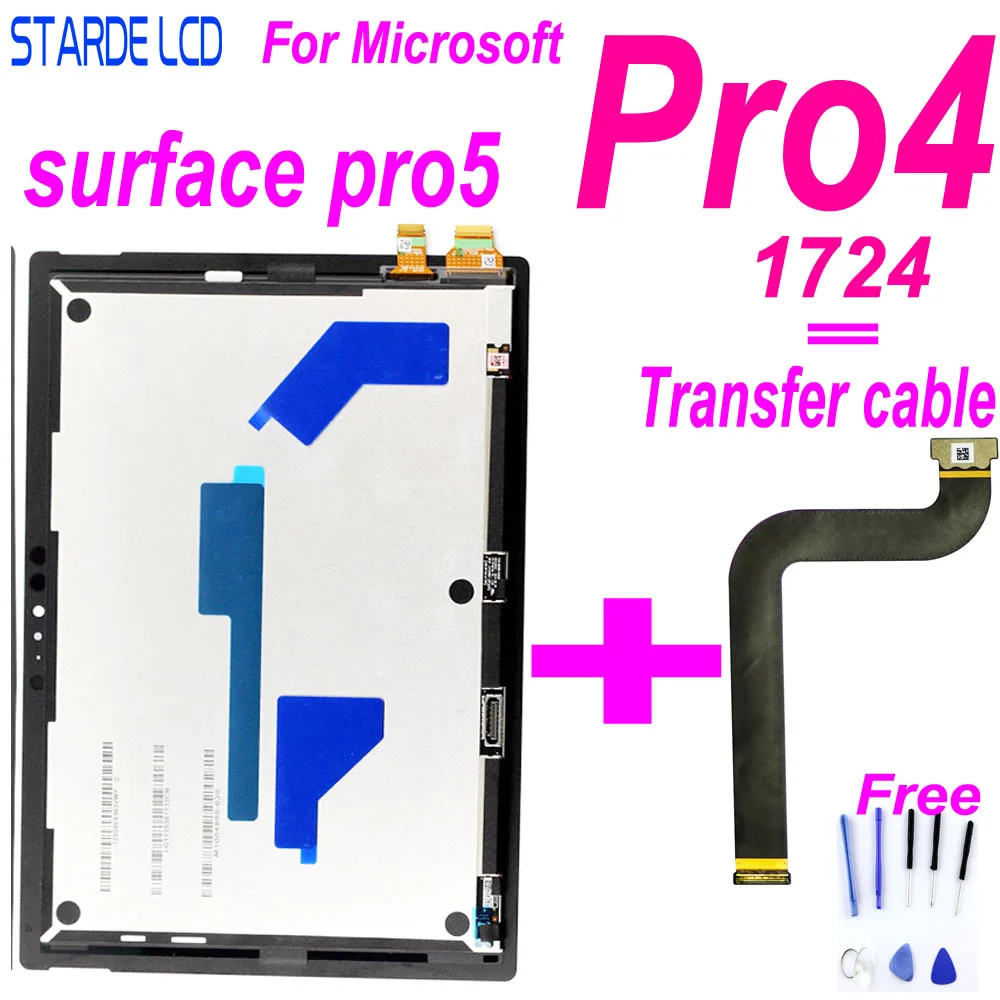

The Battery icon on the right side of the taskbar shows an electrical plug when your Surface is charging. (For Surface 3, the charging connector must be plugged in with cable extending down and the LED indicator facing you.) You can plug the charging connector into the charging port on your Surface in either direction. We strongly recommend only using a genuine Microsoft or Microsoft-licensed power supply, one that either came with your Surface or was purchased separately, to charge the battery. Surface power supplies are designed to work with Surface. If you’re interested in purchasing an additional power supply, or upgrading your power supply, see Microsoft Surface power supplies at the Microsoft Store.

For more info, see USB-C and Fast Charging for Surface. Some Surface devices support Fast Charging and let you charge your Surface using USB Type-C. If you’re using your Surface for power-intensive activities like gaming or video streaming while you’re charging it, it might take longer to charge. It can take a few hours to fully charge the battery when it’s empty. Hover your mouse over the icon for info about the charging and battery status, including the percentage of power remaining. For more info, see What to do if your Surface power supply or charger doesn't work. If the LED indicator isn’t lit, you may have a problem with your power supply. When the power supply is connected to your Surface and plugged into a power source, the LED indicator on the tip of the charging connector will be lit when your Surface is getting power.

To begin charging your Surface, connect the power supply that came with your Surface to a power source-a wall outlet, power strip, or surge protector. Here’s some info about charging your Surface and what Microsoft-licensed power supplies are available for Surface.


 0 kommentar(er)
0 kommentar(er)
